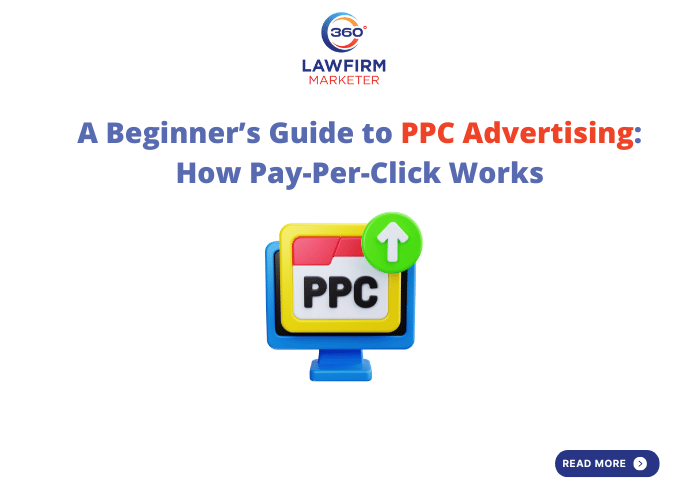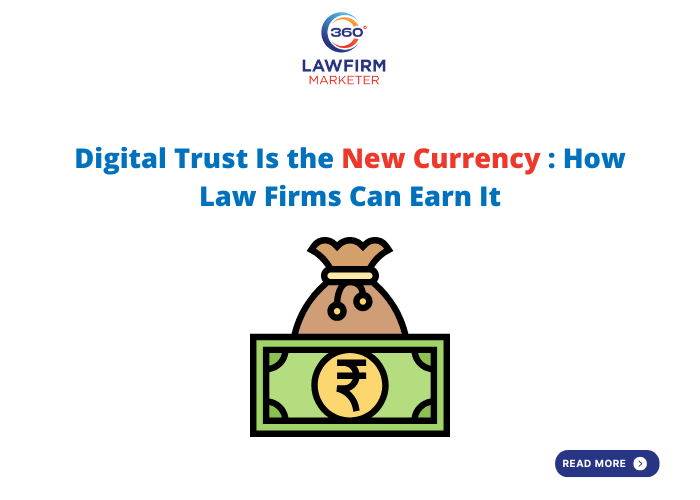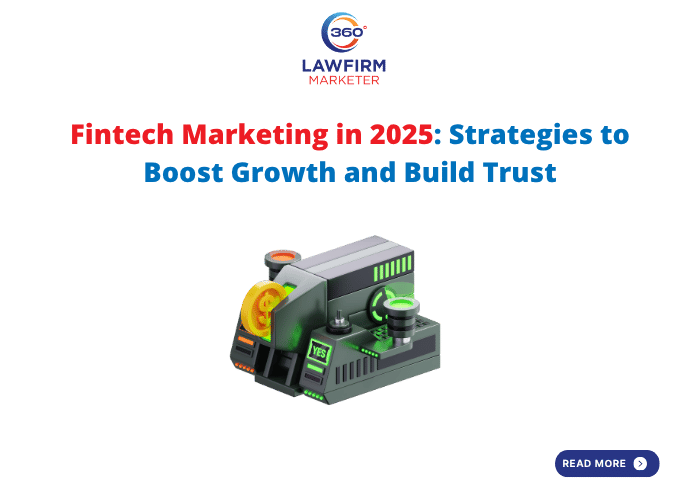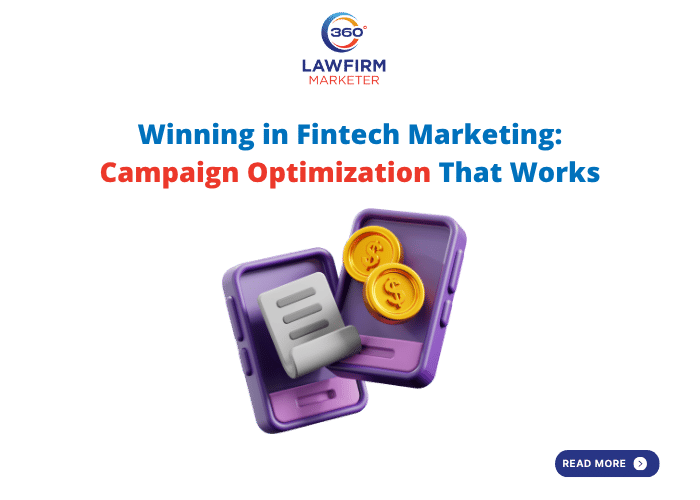
Introduction
Getting attention online is hard. Your audience scrolls fast, competition is fierce, and organic reach doesn’t always show up when you need it. That’s where PPC (Pay-Per-Click) marketing shines placing your brand in front of the right people at the right moment, and charging you only when someone clicks.
Whether you’re managing campaigns yourself or working with a Digital Marketing Agency in USA, PPC offers powerful tools to drive measurable results. This guide breaks down what PPC is, how it works, why it’s effective, and where to run PPC ads (Google, Microsoft/Bing, Meta, LinkedIn, and more). You’ll also see real-world examples, ad types, and practical tips you can use immediately whether you’re launching your first campaign or leveling up existing ones.
What Is PPC?
PPC (Pay-Per-Click) is a digital advertising model where advertisers pay a fee each time someone clicks their ad. Instead of paying for impressions (views), you’re paying for engagement the actual click that sends a potential customer to your website, app, or landing page.
Where PPC shows up:
- Search results: Text ads triggered by keywords (e.g., Google Ads, Microsoft Ads/Bing).
- Social feeds: Image/video ads targeted by demographics, interests, and behaviors (e.g., Facebook, Instagram, LinkedIn).
- Display placements: Banner ads across websites and apps.
- Shopping results: Product listings with images, price, and reviews.
- Video platforms: Skippable and non-skippable video ads (e.g., YouTube).
Key PPC platforms:
- Google Ads (Search, Display, Shopping, YouTube)
- Microsoft Advertising (Bing)
- Meta Ads (Facebook & Instagram)
- LinkedIn Ads (B2B, lead gen)
- (Plus: X/Twitter, Pinterest, Amazon Ads for retail, TikTok, and others)
PPC vs. SEM: What’s the Difference?
- PPC is a pricing model: you pay per click.
- SEM (Search Engine Marketing) is a strategy that typically includes PPC search ads and sometimes complementary tactics around search.
- SEO (Search Engine Optimization) is the organic (non-paid) side of search earning rankings by optimizing content, site structure, and authority.
Quick Comparison
Aspect | PPC (Pay-Per-Click) | SEM (Search Engine Marketing) | SEO (Search Engine Optimization) |
|---|---|---|---|
What it is | A pricing model where you pay per click | Umbrella term usually refers to paid search advertising | Organic strategy to rank in search results |
Speed | Immediate visibility once approved | Immediate (for paid components) | Slower; compounding over time |
Cost | Pay per click | Pay per click (for ads) | No direct per-click cost, but investment in content/tech |
Targeting | Keywords, audience, demographics | Same as PPC within search | Content relevance, technical SEO, backlinks |
Control | Strong (bids, budgets, timing) | Strong (for paid) | Indirect; subject to algorithms |
Measurement | Highly granular | Highly granular | Granular, but indirect attribution |
How Does PPC Marketing Work?
At its core, PPC uses an auction-based system to decide which ads appear and in what order when a query or eligible impression occurs.
1) Bidding Strategy
You choose how the platform should bid:
- Manual/Max CPC: Set the maximum you’re willing to pay per click.
- tCPA (Target Cost-Per-Acquisition): Let the system bid to hit a target cost per conversion.
- tROAS (Target Return on Ad Spend): Optimize bids to achieve a desired revenue/return.
- Maximize Conversions/Clicks: Automated strategies based on your goal.
Example: An eCommerce brand might use tROAS to prioritize profitable sales. A B2B lead gen advertiser might use tCPA to control cost per qualified lead.
2) Advertiser Competition
Multiple advertisers can target the same keyword, audience, or placement. The auction evaluates:
- Your bid
- Your ad quality and expected performance
- Context of the search (device, location, time, user signals)
- Ad extensions/assets (sitelinks, callouts, images) and their expected impact
Ad Relevance, Quality Score & Ad Rank (Google Ads)
- Quality Score (QS) is Google’s diagnostic metric (1–10) estimated from:
- Expected CTR (how likely your ad is to be clicked)
- Ad relevance (how closely your ad matches the intent)
- Landing page experience (relevance, speed, usability)
- Ad Rank determines if and where your ad appears. It’s influenced by:
- Your bid
- Ad quality (QS signals)
- Ad rank thresholds
- Auction competitiveness & context
- Expected impact of extensions/assets
Why it matters: Higher quality often lets you pay less per click and still rank higher. It’s not just “who bids most” it’s also “who provides the best, most relevant experience.”
Benefits of PPC
- A) Targeted Reach
Reach people based on intent or profile:
- Keywords & queries (search intent)
- Demographics (age, gender, location)
- Interests & behaviors (e.g., frequent travelers)
- Custom segments (URLs visited, apps used)
- Remarketing (site visitors, abandoned carts)
- Lookalike/similar audiences
Example: “Buy skinny jeans online” signals high purchase intent vs. “jeans” (research intent). Your bids and messaging should reflect that.
- B) Dynamic Pricing (Intent-Aligned Bidding)
Bids can dynamically adjust based on:
- Query intent (“near me,” “price,” “buy,” “best”)
- Device (mobile vs. desktop)
- Audience lists (e.g., cart abandoners)
- Time & location (high-value hours, geos)
Example: You might bid 30–50% higher on “buy skinny jeans online” than on “best jeans for summer” because of purchase intent.
- C) Cost Caps: Predictable Controls
- Set daily/monthly budgets
- Apply max CPC limits
- Use tCPA or portfolio bid strategies to maintain profitability
- Bid adjustments for devices, audiences, locations, and schedules
- D) Segmented Analysis (and Action)
PPC platforms provide granular insights:
- Device performance (mobile vs. desktop)
- Audience segments (new vs. returning)
- Geography & time of day
- Keywords, placements, creatives
Use this data to reallocate spend, adjust bids, refine targeting, and improve ROI.
Example: If mobile CPA is 25% lower than desktop, shift budget and tailor mobile-optimized landing pages to amplify returns.
Popular PPC Platforms
Google Ads
- Where: Google Search, Display Network, YouTube, Discovery, Performance Max, Shopping.
- Best for: Capturing demand on the world’s largest search engine; scaling across formats.
- Highlights: Powerful intent targeting, extensive inventory, automation (Smart Bidding), product feeds for Shopping.
Microsoft Advertising (Bing Ads)
- Where: Bing, Yahoo, AOL, partner networks.
- Best for: Often lower CPCs, high-quality desktop traffic, incremental reach beyond Google.
- Highlights: Easy import from Google Ads, solid B2B audiences, LinkedIn profile targeting integrations.
Meta Ads (Facebook & Instagram)
- Where: Facebook, Instagram, Audience Network, Messenger.
- Best for: Visual storytelling, interest/behavior targeting, remarketing, demand generation.
- Highlights: Advanced audience tools, dynamic product ads, robust creative formats (video, carousel).
LinkedIn Ads
- Where: LinkedIn feed, InMail, right rail.
- Best for: B2B lead generation, targeting by job title, industry, company size, skills.
- Highlights: High-quality professional audience, lead gen forms, ABM (account-based marketing) capabilities.
Types of PPC Ads
1) Static Text Ads
- What: Pre-written ad copy (headlines, descriptions).
- Where: Search results (Google/Microsoft).
- Use cases: High-intent searches like “Oracle implementation partner,” “dentist near me,” “buy eSIM India.”
2) Dynamic Text Ads
- What: Ad content that adapts to user context (e.g., dynamic keyword insertion, countdown timers for promotions).
- Benefits: Improves relevance and CTR; ideal for time-sensitive offers.
3) Static Media Ads
- What: Uploaded images or videos with fixed creatives.
- Where: Display networks, social media feeds, YouTube.
- Use cases: Brand awareness, product highlights, launching new offers.
4) Dynamic Media Ads
- What: Personalized creatives that auto-populate products or content based on user behavior.
- Examples: Dynamic remarketing showcasing products viewed or left in cart; catalog sales on Meta and Shopping ads on Google.
- Benefits: Higher conversion rates from tailored, intent-matched creatives.
Conclusion
PPC advertising gives you speed, control, and precision from targeting the exact keyword or audience you care about to capping your costs and measuring ROI to the decimal. Whether you’re driving eCommerce sales, B2B leads, app installs, or local bookings, PPC meets your customer where they are and scales with your goals. If you’re looking to maximize these benefits with expert strategy and local insights, partnering with a PPC Marketing Agency New York can help you reach the right audience faster and more effectively
Next steps:
- Explore Google Ads or Microsoft Ads for search intent.
- Use Meta for visual storytelling and remarketing.
- Consider LinkedIn for B2B demand and lead gen.
If you’d like, I can outline a starter campaign structure (keywords, ad groups, extensions, and budget split) tailored to your niche.
PPC FAQ
Q: Are PPC and CPC the same?
A: Not exactly. PPC is the advertising model where you pay for each click. CPC (cost-per-click) is the actual amount you pay for a click within that model.
Q: What is PPC management?
A: PPC management is the ongoing process of optimizing your campaigns adjusting bids, refining targeting, testing ad copy/creatives, building negative keyword lists, improving landing pages, and analyzing performance to maximize ROI.
Q: Is PPC only used with Google Ads?
A: No. While Google Ads is the most popular, PPC runs on Microsoft Ads (Bing), Meta (Facebook & Instagram), LinkedIn, Amazon, Pinterest, TikTok, and more.
Q: What does PPC mean in marketing?
A: In marketing, PPC (Pay-Per-Click) is a model where advertisers are charged only when someone clicks their ad not when it’s just viewed.




